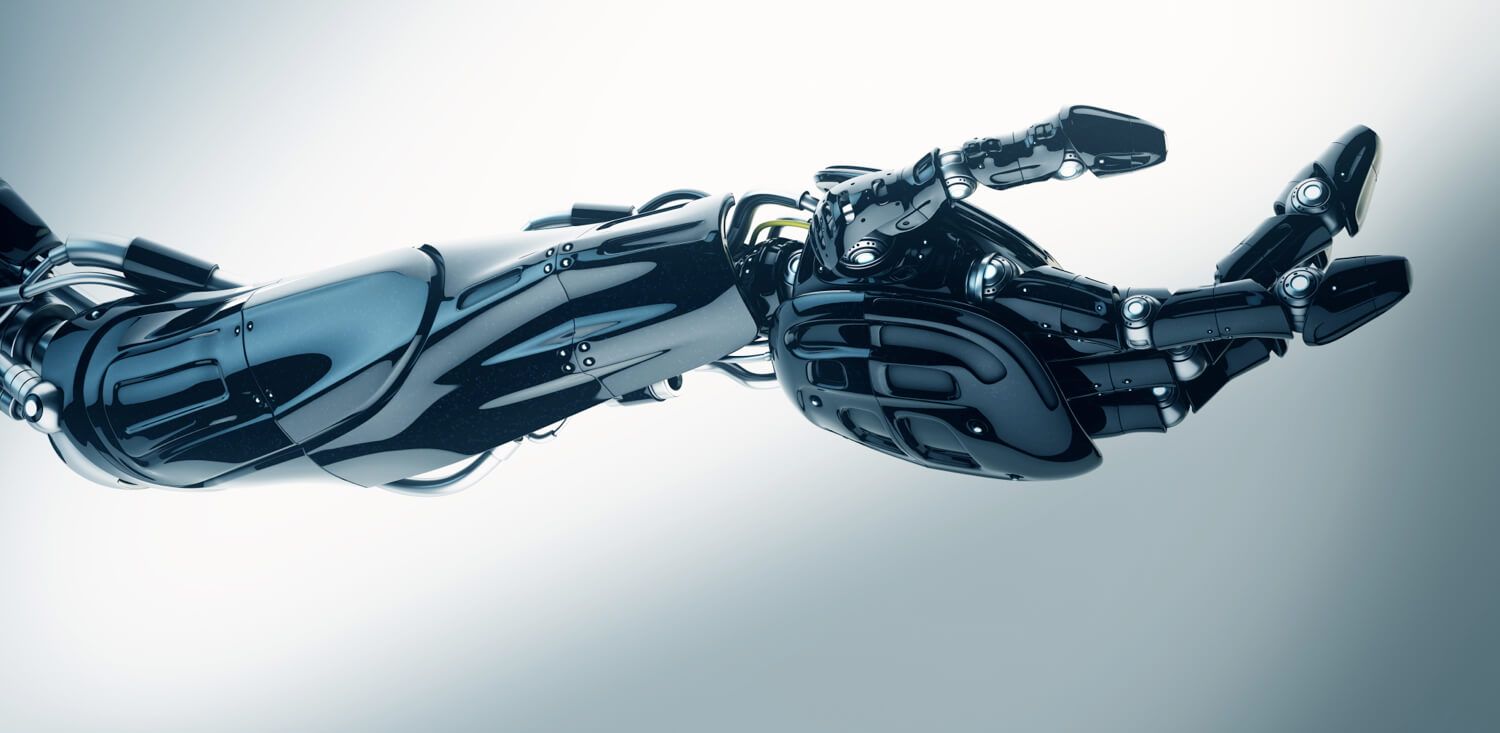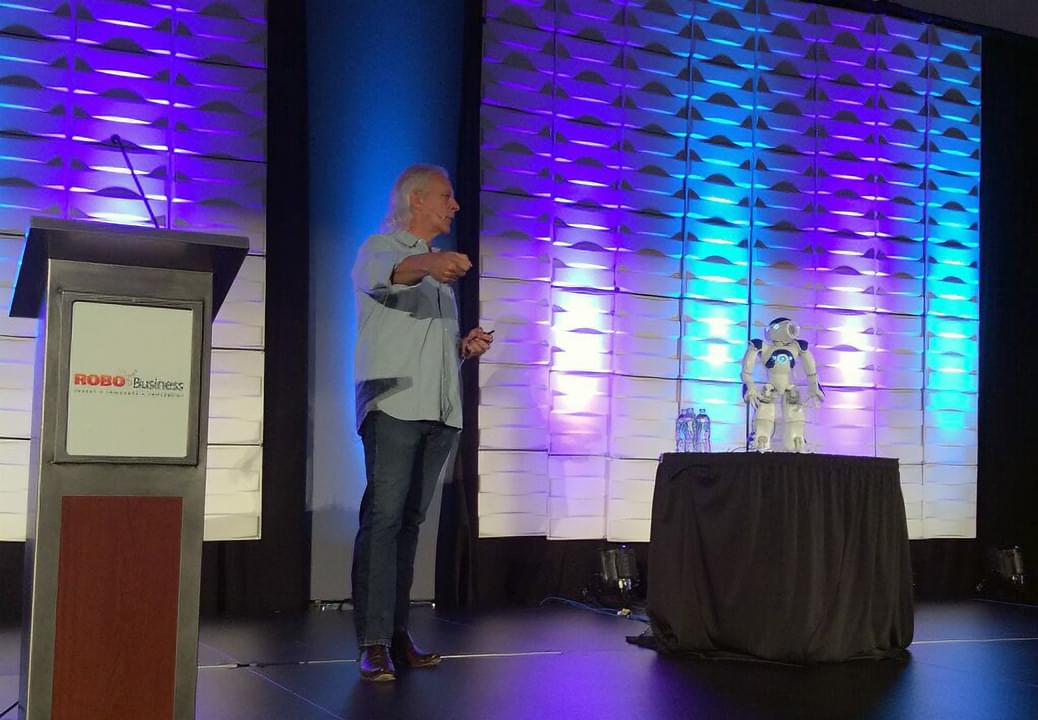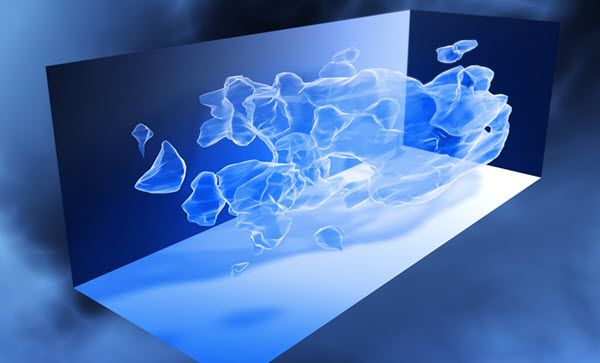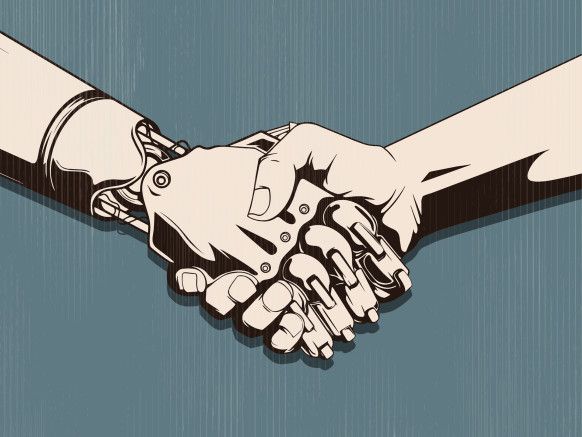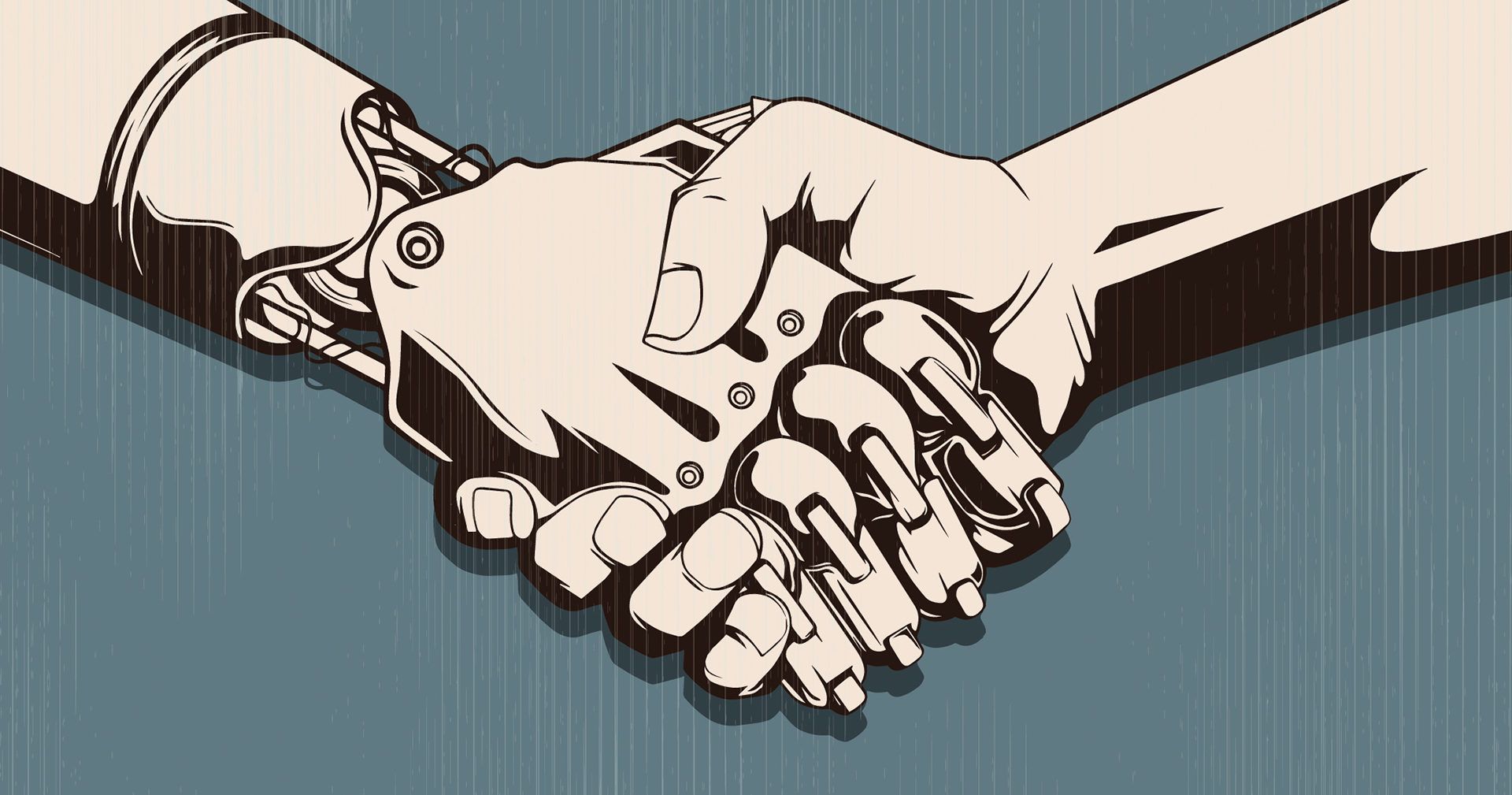Page 11888
Sep 26, 2015
How Robots and Sensors Will Transform Transportation, Agriculture, and Elder Care
Posted by Shailesh Prasad in categories: electronics, food, health, robotics/AI, transportation
Sensors and robotics are two exponential technologies that will disrupt a multitude of billion-dollar industries.
This post (part 3 of 4) is a quick look at how three industries — transportation, agriculture, and healthcare/elder care — will change this decade.
Before I dive into each of these industries, it’s important I mention that it’s the explosion of sensors that is fundamentally enabling much of what I describe below.
Sep 26, 2015
Zuckerberg, Gates make bid for universal Internet access
Posted by Bryan Gatton in categories: education, internet
Facebook founder Mark Zuckerberg and Microsoft billionaire Bill Gates on Saturday threw their weight and resources behind the goal of bringing Internet access to everyone in the world by 2020.
The pledge is part of a United Nations effort to eradicate extreme poverty by 2030, a goal set on Friday during a special summit at the global body.
The Internet became commonplace in developed countries in the 1990s, but UN officials estimate that half the world does not have reliable access—especially women and girls, whose education is vital to development.
Sep 26, 2015
IBM Uses Watson to Teach Robots Social Intelligence
Posted by Albert Sanchez in categories: neuroscience, robotics/AI
Because language is only part of human communication, IBM is using machine learning to teach robots social skills like gestures, eye movements, and voice intonations.
Sep 26, 2015
Small-scale nuclear fusion may be a new energy source
Posted by Gerard Bain in category: nuclear energy
Fusion energy may soon be used in small-scale power stations. This means producing environmentally friendly heating and electricity at a low cost from fuel found in water. Both heating generators and generators for electricity could be developed within a few years, according to research that has primarily been conducted at the University of Gothenburg.
Nuclear fusion is a process whereby atomic nuclei melt together and release energy. Because of the low binding energy of the tiny atomic nuclei, energy can be released by combining two small nuclei with a heavier one. A collaboration between researchers at the University of Gothenburg and the University of Iceland has been to study a new type of nuclear fusion process. This produces almost no neutrons but instead fast, heavy electrons (muons), since it is based on nuclear reactions in ultra-dense heavy hydrogen (deuterium).
“This is a considerable advantage compared to other nuclear fusion processes which are under development at other research facilities, since the neutrons produced by such processes can cause dangerous flash burns,” says Leif Holmlid, Professor Emeritus at the University of Gothenburg.
Sep 25, 2015
The Future of Money
Posted by Michael Lee in categories: bitcoin, cryptocurrencies, disruptive technology, economics, mobile phones, wearables
Money is the primary mechanism for storing and exchanging value, especially in our daily purchases, and it’s heading rapidly into a faster, smarter and more mobile future. Nevertheless, the constant in the midst of change will remain levels of human trust in the proliferating forms of money. That’s because we have an ancient and abiding partnership with money and no relationship is ever sustainable without trust.
It’s a time of accelerated innovation in this field due to the rapid global expansion of digital banking, especially online and mobile financial services. However, while payments and transfer of money shift inexorably towards mobile devices as the consumer technology of choice, digital currencies expand in scope and number and online shopping begins to enter a golden age, cash is still the most successful and popular form of money ever. Its trust level, as public money backed up by a promise to pay from the government which minted and manufactured it, remains extremely high. This is evidenced by the way the Greeks turned to cash during their fiscal and monetary crisis which rocked the whole European Union, as well as by cash’s current 8.9% per annum average global growth rate. Cash is undoubtedly one of the most successful social technologies in history.
In short, the future of money will be mobile, faster in execution and settlement, and yet as heavily dependent on trust as ever. In my view, for that very reason, there’s unlikely to be a cashless world in this century. Nor is such a scenario desirable, unless you’re a fan of a Big Brother society largely dominated and dictated by multinationals more powerful than many national governments. A cashless world would subvert the economic freedom of citizens to choose the form of money and payment they want and, if that weren’t bad enough, it would lead inevitably to even further marginalisation of the world’s poor. Besides, cash is already universally trusted, instant in execution and mobile in nature (that is, just as portable as a smart phone).
That said, digital banking is here to stay and provides massive levels of convenience and efficiency. Financial institutions the world over are fiercely focused on developing omnichannel (“every channel”) strategies to provide seamless customer experiences across all their banking channels.
Tag: future of money
Sep 25, 2015
Scientists Don’t Know What To Make Of The Latest Pluto Photos
Posted by Sean Brazell in category: space
Sep 25, 2015
New ‘stealth dark matter’ theory may explain mystery of the universe’s missing mass
Posted by Sean Brazell in categories: cosmology, supercomputing
A new theory that may explain why dark matter has evaded direct detection in Earth-based experiments has been developed by team of Lawrence Livermore National Laboratory (LLNL) particle physicists known as the Lattice Strong Dynamics Collaboration.
The group has combined theoretical and computational physics techniques and used the Laboratory’s massively parallel 2-petaflop Vulcan supercomputer to devise a new model of dark matter. The model identifies today’s dark matter as naturally “stealthy.” But in the extremely high-temperature plasma conditions that pervaded the early universe, it would have been easy to see dark matter via interactions with ordinary matter, the model shows.
Sep 25, 2015
AI Helps Humans Best When Humans Help the AI — By Cade Metz | Wired
Posted by Odette Bohr Dienel in category: business
Sep 25, 2015
AI Helps Humans Best When Humans Help the AI
Posted by Albert Sanchez in category: robotics/AI
Artificial intelligence has come a long way. But as virtual digital assistants proliferate, they often need a non-digital assist.
